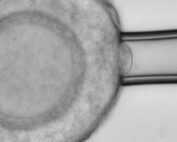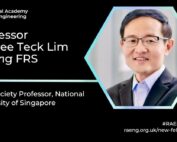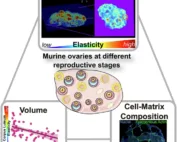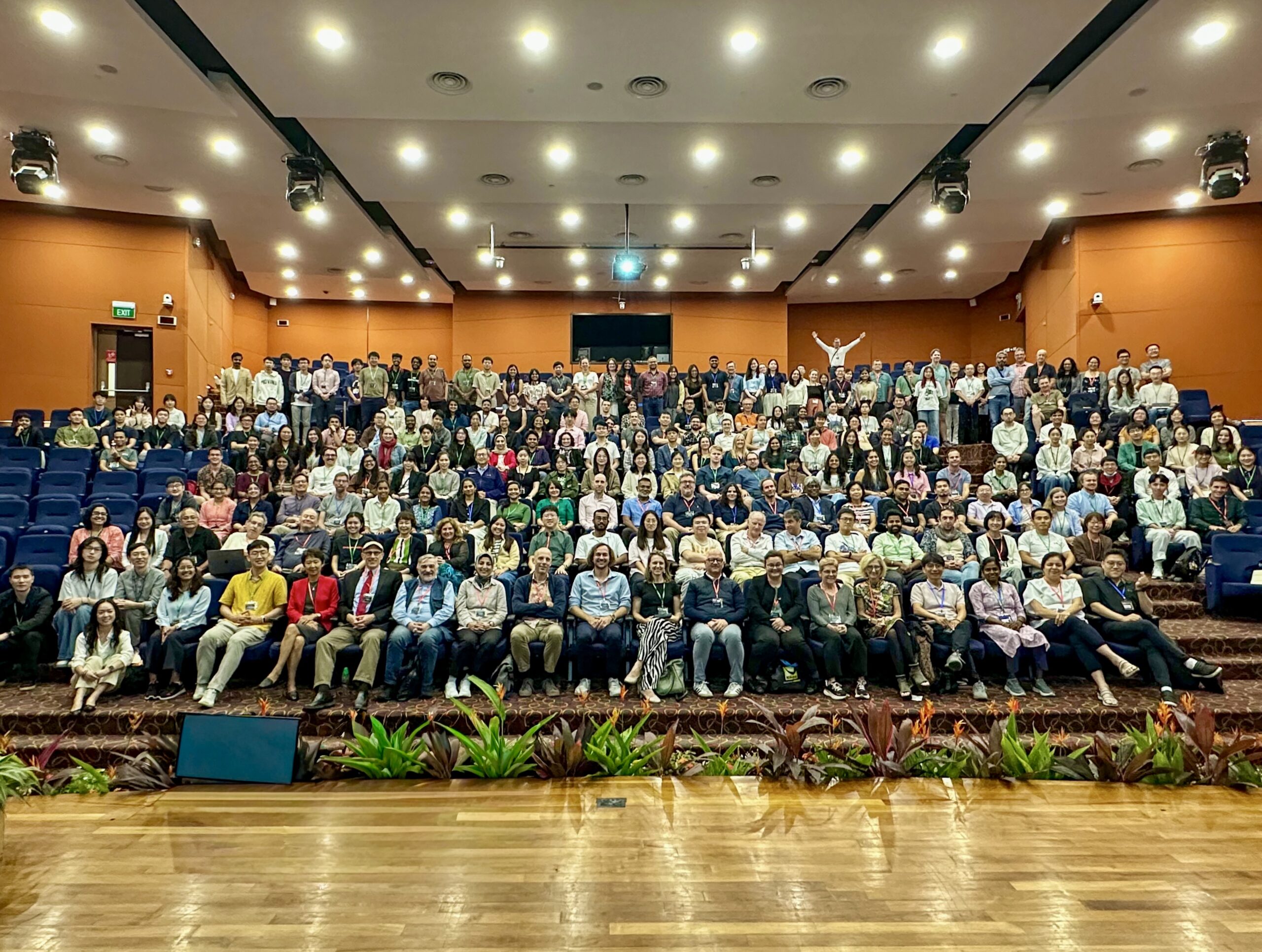
KOH Cheng Gee
Collaborator, Mechanobiology Institute, National University of Singapore
Associate Chair (Faculty), School of Biological Sciences, Nanyang Technological University
cgkoh@ntu.edu.sg
+65 6316 2854
SBS-03n-38
Nanyang Technological University
50 Nanyang Avenue
Singapore 639798
Research Program
The Cell-Matrix and Cell-Cell Mechanotransduction Group
Koh Cheng Gee
Collaborator
Research Areas
Cell signalling; Regulation of actin cytoskeleton; Rho GTPases, their effectors and regulators
Research Interests
Our laboratory is interested in the signal transduction events involving small GTPases of the Rho family, their regulators and effectors. These proteins play key roles in transducing extracellular stimuli into distinct responses including cell shape changes, cell motility, adhesion, cell division and phagocytosis. The emphasis of our current research is on the kinase PAK, its interacting protein PIX and a family of serine/ threonine phosphataes of the PP2C family, POPXs.
Biography
Dr Koh did her undergraduate studies at the Department of Chemistry at the National University of Singapore. After completing her Ph.D. with Sydney Brenner at the University of Cambridge, she returned to Singapore to work on Fugu genomics at the Institute of Molecular and Cell Biology. She later moved to Louis Lim’s laboratory at the same institute to study small GTPases-mediated cell signaling. In 2004, Dr Koh started her own laboratory at the School of Biological Sciences, Nanyang Technological University. Dr Koh is also a Principal Investigator at MBI.
Education
PhD University of Cambridge
Recent Publications
- Zhang S, Chong LH, Woon JYX, Chua TX, Cheruba E, Yip AK, Li H, Chiam K, and Koh C. Zyxin regulates embryonic stem cell fate by modulating mechanical and biochemical signaling interface. Commun Biol 2023; 6(1):62. [PMID: 36653484]
- Wong DCP, Pan CQ, Er SY, Thivakar T, Rachel TZY, Seah SH, Chua PJ, Jiang T, Chew TW, Chaudhuri PK, Mukherjee S, Salim A, Aye TA, Koh CG, Lim CT, Tan PH, Bay BH, Ridley AJ, and Low BC. The Scaffold RhoGAP Protein ARHGAP8/ BPGAP1 Synchronizes Rac and Rho Signaling to Facilitate Cell Migration. Mol Biol Cell 2023;:mbcE21030099. [PMID: 36598812]
- Yip AK, Zhang S, Chong LH, Cheruba E, Woon JYX, Chua TX, Goh CJH, Yang H, Tay CY, Koh C, and Chiam K. Zyxin Is Involved in Fibroblast Rigidity Sensing and Durotaxis. Front Cell Dev Biol 2021; 9:735298. [PMID: 34869319]
- Sathe SR, Jain D, Koh C, and Yim EKF. POPX2 phosphatase enhances topographical contact guidance for cell morphology and migration. Biomed Mater 2020;. [PMID: 33321483]
- Koon YL, Zhang S, Rahmat MB, Koh CG, and Chiam K. Enhanced Delta-Notch Lateral Inhibition Model Incorporating Intracellular Notch Heterogeneity and Tension-Dependent Rate of Delta-Notch Binding that Reproduces Sprouting Angiogenesis Patterns. Sci Rep 2018; 8(1):9519. [PMID: 29934586]
- Ou S, Tan M, Weng T, Li H, and Koh C. LIM kinase1 regulates mitotic centrosome integrity via its activity on dynein light intermediate chains. Open Biol 2018; 8(6). [PMID: 29925632]
- Weng T, and Koh C. POPX2 phosphatase regulates apoptosis through the TAK1-IKK-NF-κB pathway. Cell Death Dis 2017; 8(9):e3051. [PMID: 28906490]
- Zhang S, Weng T, Cheruba E, Guo T, Chan H, Sze SK, and Koh C. Phosphatase POPX2 Exhibits Dual Regulatory Functions in Cancer Metastasis. J. Proteome Res. 2016;. [PMID: 27976581]
- Hoon JL, Tan MH, and Koh C. The Regulation of Cellular Responses to Mechanical Cues by Rho GTPases. Cells 2016; 5(2). [PMID: 27058559]
- Khaw S, Min-Wen C, Koh C, Lim B, and Shyh-Chang N. Oocyte Factors Suppress Mitochondrial Polynucleotide Phosphorylase to Remodel the Metabolome and Enhance Reprogramming. Cell Rep 2015; 12(7):1080-8. [PMID: 26257174]
Lab Members
Ng Inn Chuan
Research Associate, Yu Group
Byun Young Seo Christina
Research Assistant, Tee Group
Super proud of Arikta Biswas, whose work on theca cell mechanics and compressive stress is now published in Nature Communications!
A huge thanks to our collaborators and reviewers for offering their invaluable feedback as well!
The Pressure That Shapes Life: Mechanical Forces Behind Egg Maturation
Researchers from the Chan Lab at MBI demonstrate the importance of compressive stress exhibited by theca cells in healthy follicle maturation and surrounding support cells, suggesting a new perspective in understanding infertility.
Luo Xujie
Research Assistant, Lim Group
Prof. Lim Chwee Teck elected as an FREng, and received the Otto Schmitt Award
Professor Lim Chwee Teck elected as an International Fellow of the Royal Academy of Engineering and received the Otto Schmitt Award from IFMBE
Yee Zhuangli
Research Fellow, Low Group
Quantitative Micro-Elastography: New Imaging Tool Uncovers Age-Dependent Mechanical Changes in Ovarian Tissue
Researchers from the Chan Lab at MBI develop a a novel method called quantitative micro-elastography to create detailed 3D maps of ovarian stiffness in mice—revealing crucial insights that could lead to new infertility treatments.
Jie Zhang
Research Fellow, Lim Group
Sui Mingyu
Research Assistant, Yan Jie Group
MBI-MPG Conference 2025: Mechanobiology in Space and Time
The MBI-MPG Conference 2025 was held from 9-12th September at the Mechanobiology Institute, National University of Singapore.
MBI-MPG Conference 2025: Mechanobiology in Space and Time.
The MBI-MPG Conference 2025 was held from 9-12th September at the Mechanobiology Institute, National University of Singapore.




